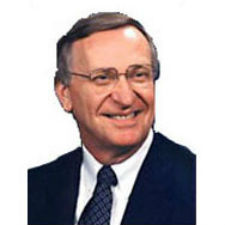
The evidence of the extremes of these regions is overwhelming. As he explains, the people in these extreme regions earn about two-thirds of what Virginians statewide do and are poorer with an average poverty rate 67 percent higher than the rest of the state. Fewer of the people in these areas have graduated from high school and fewer go to college. The people there are older with the young people fleeing the regions; Virginia’s population grew 4.1 percent while in the extremes population declined by 2.3 percent in the last decade.
While the economic decline in these parts of the state has become increasingly well known, the proud history of the regions is often overlooked. Southwest Virginia was wealthy when coal was king, and Southside was thriving before furniture making and textiles moved out. The Eastern Shore still raises tomatoes, potatoes and green beans by the acre in season, but mechanization has replaced many jobs even on the farms.
Unfortunately, economic challenges are not the only ones faced in the extremes. Wallmeyer found that since at least 2007 prescription opioids have been responsible for more than half of all fatal drug overdoses in Virginia, mostly in the far western and eastern reaches of the state. In these areas, the rate of fatal drug overdoses is among the highest in the state particularly among males aged 25-55. Beyond the problem of drugs, people living in the extreme regions of the state are poorer in health than the rest of the state with a premature death rate more than double the statewide average as is the infant mortality rate and the percentage of children born with low birth weight. Interestingly, Auggie Wallmeyer shared a copy of his forthcoming book with me when we were both volunteering at the Remote Area Medical Clinic in Wise County in Southwest Virginia where thousands of local residents get their health care at the fairgrounds once a year.
Ironically Virginia was dubbed as a “commonwealth” in its earliest history, but that word does not seem appropriate for the range of haves and have-nots that exist in the state today. Wallmeyer recommended in the newspaper series that an outside consulting firm be employed to recommend ways that the ninth wealthiest state in the Union could ensure that all regions benefit from its largess. The challenge is for the extremes to keep their unique cultures but benefit from the advantages of modern society. The Extremes of Virginia does an excellent job of presenting that challenge.
Ken Plum is a member of the Virginia House of Delegates.










